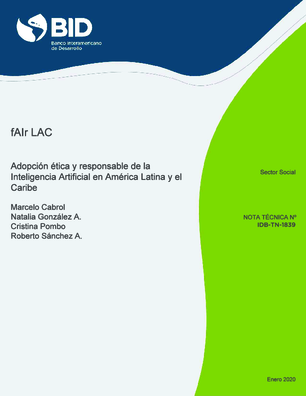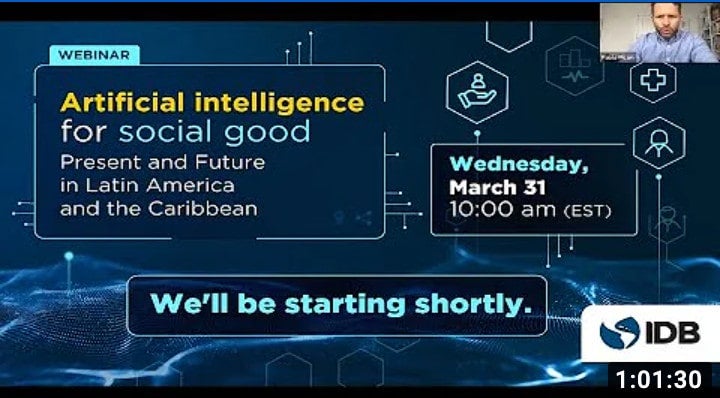Back to Observatory
Energy for Development
Description of the service
Energy for Development aims to improve the quality of life of high Andean communities through solar heating systems designed using machine learning, capable of predicting solar radiation to optimize the heating system and achieve thermal comfort inside the houses.
Problem that it solves
Communities living at more than 3,000 m.a.s.l. must endure extreme conditions during cold seasons, causing the death of children and the elderly and lack of food, in addition to providing inadequate housing conditions.
Type of AI app used
Prediction
Main results to June 30, 2021
The AI algorithms enabled the design of a solar heating system 36.96 times more economical than a conventional one. It can also prevent 3,985.2 kg of CO2 emissions per year.
Three main bottlenecks faced during implementation
- Data access
- Data quality
- Access to computational capacity.
Lessons learned in the design or use of AI for social impact
The AI project involves the inclusion of the communities and inputs to design optimal heating systems.
Country of origin
Geographic scope of operations
High Andean communities of Peru
Type of executing entity
Organización no gubernamental (ONG)Sector/industry
Sustainable Development Goal(s) to which your AI solution contributes
7 (affordable and clean energy)
IA app developed internally or by a third party
Internally
Name of implementing entity
Sustainable Energy Access
Stakeholders involved
Volunteers and communities
Percentage of the development team that are women
50%
Year they started using AI-based models
2019It may interest you
Responsible and Widespread Adoption of Artificial Intelligence in Latin America and the Caribbean
En conjunto con la OECD publicamos el manual de ciencia de datos, el cual busca proveer recomendaciones técnicas a los equipos desarrolladores de sistemas de IA.
Junto con el MIT desarrollamos un estudio en el que utilizamos por primera vez herramientas de inteligencia artificial para elegir a beneficiarios de programas sociales



